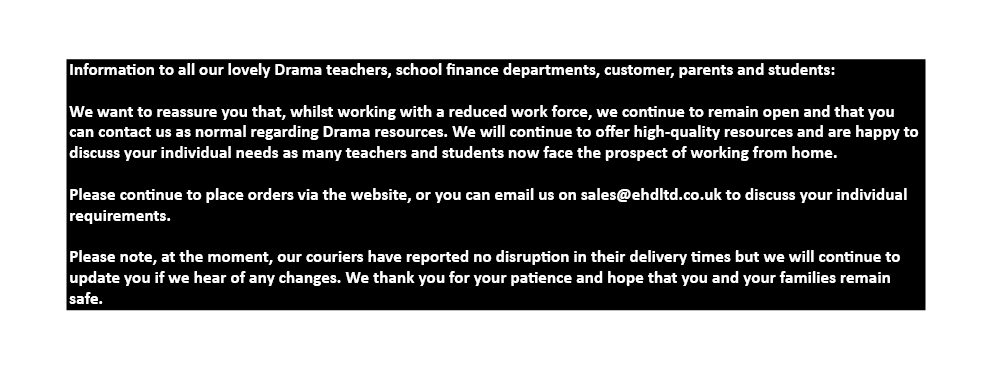The new curriculum states that children must be able to recognise vocabulary choices and structures that are appropriate for formal speech and writing, including subjunctive forms.
This photocopiable A4 book uses subjunctive forms as the starting point and then branches off into other features of English grammar that are specified in the new Key Stage 2 English curriculum. It provides you with the resources, teaching ideas, homework sheets, classwork exercises to teach the following complex English topics required by the new curriculum:
-how verbs, such as the subjunctive or the imperative, can convey a certain mood in writing.
-how subjunctives could be used to construct great adverbial starters when creating interesting complex sentences (something the curriculum seems to approve of!),
-how verbs can reflect certainty or uncertainty.
-verbs and how they work, in terms of subject and tense-such as the present tense and present progressive
-looking at the subjunctive in terms of modal verbs, auxiliary verbs, finite and non finite verbs
-how the subjunctive form could take an impersonal style, or how it can sound more formal.
-the omission apostrophe in the subjunctive form in more informal texts.
A great book for any Year 6 teacher who wishes to embed those tricky grammatical concepts into the heart of their English lessons. It provides a wealth of teaching ideas, resources, classroom display posters, reading comprehension exercises, grammar exercises and writing tasks. It will not only help to prepare Year 6s for their new SATs, but will make your English teaching adhere to the Year 6 curriculum requirements
This photocopiable A4 book uses subjunctive forms as the starting point and then branches off into other features of English grammar that are specified in the new Key Stage 2 English curriculum. It provides you with the resources, teaching ideas, homework sheets, classwork exercises to teach the following complex English topics required by the new curriculum:
-how verbs, such as the subjunctive or the imperative, can convey a certain mood in writing.
-how subjunctives could be used to construct great adverbial starters when creating interesting complex sentences (something the curriculum seems to approve of!),
-how verbs can reflect certainty or uncertainty.
-verbs and how they work, in terms of subject and tense-such as the present tense and present progressive
-looking at the subjunctive in terms of modal verbs, auxiliary verbs, finite and non finite verbs
-how the subjunctive form could take an impersonal style, or how it can sound more formal.
-the omission apostrophe in the subjunctive form in more informal texts.
A great book for any Year 6 teacher who wishes to embed those tricky grammatical concepts into the heart of their English lessons. It provides a wealth of teaching ideas, resources, classroom display posters, reading comprehension exercises, grammar exercises and writing tasks. It will not only help to prepare Year 6s for their new SATs, but will make your English teaching adhere to the Year 6 curriculum requirements


